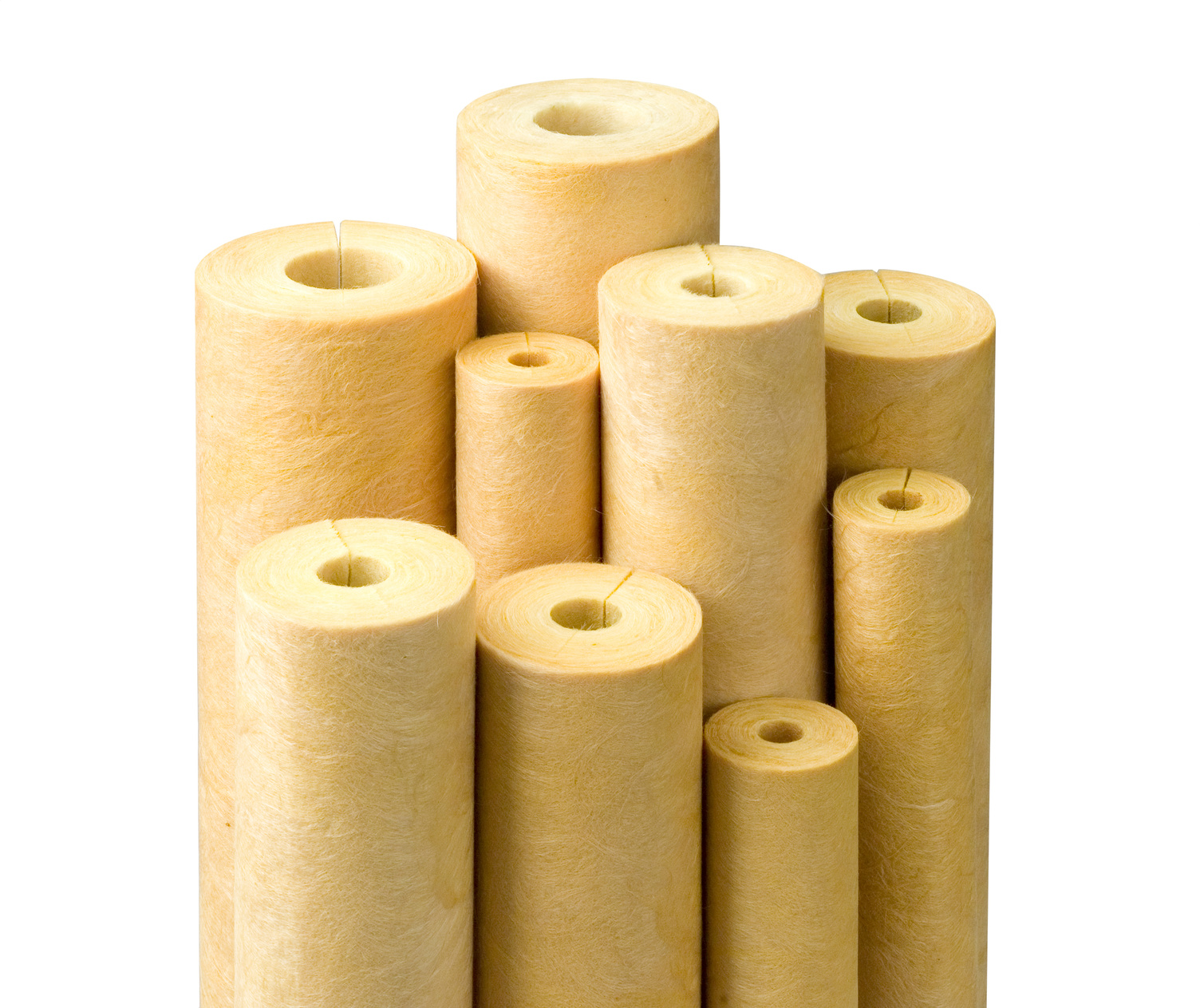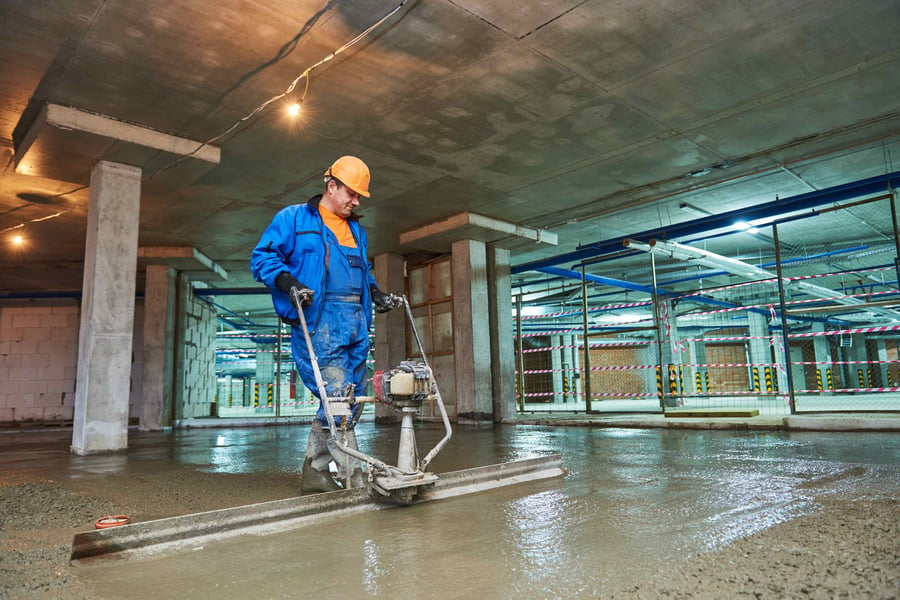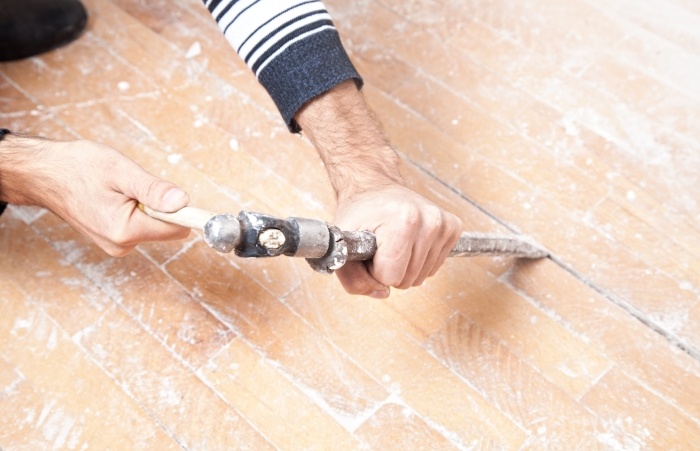Are You Prepared for Winter Moisture Intrusion?

Every winter, homes throughout America are exposed to prolonged periods of intense cold. Last winter saw an unusually long and intense chill sweep through the nation, lowering temperatures to levels far below what was typical of the winter season throughout most of the U.S.
Even during a “normal” winter storm season, there are many instances of structures suffering from various forms of water intrusion and damage caused by winter weather effects. While using moisture meters is a great way to detect moisture intrusions in a building, an ounce of prevention is worth a pound of cure. With this in mind, here are a few winter water intrusion prevention tips that might mean the difference between a sound, safe structure and having to go through some expensive repairs:
Winter Water Damage Prevention Tip #1: Insulating Pipes
One of the leading causes of water intrusion during a cold snap is the flash-freezing of water in exposed pipes inside of a structure.
As water becomes solid, it actually expands. Because of this, freezing water trapped in a pipe will become a complete blockage, preventing water in the pipe from being able to flow. This, in turn, causes the pipe to experience intense pressure. With nowhere to release the pent-up pressure (as the pipe is clogged with frozen water), the pipe eventually fails and bursts open. Anyone who has left a can of soda or a bottle of water in the freezer for too long knows this phenomenon all too well.
To prevent pipes from freezing in a structure, it is important to make sure that these pipes are insulated. Before the cold hits, inspect the water pipes in your structure. Check for signs of wear, rust, or other flaws that could cause leaks (insulation won’t do any good if water from inside the pipe soaks it through).
If necessary, replace worn-out pipes. Once you are confident that the pipes in the building are leak-free and ready, fit them with insulation or at least temporary wrapping. The insulation layer will help to minimize the impact of the cold on the water in the pipe, reducing the likelihood that a cold snap will cause the water in those pipes to freeze.
Another, related tip from the Weather Channel is to keep a “slow trickle of water flowing through faucets connected to pipes that run through an unheated or unprotected space.” This gives the water that is “downstream” from an ice blockage an outlet, alleviating the intense pressure that can cause a burst.
Winter Water Damage Prevention Tip #2: Inspect the Building’s Insulation
Having proper insulation in a building can go a long way towards prevent sudden, extreme temperature changes (and stabilizing heating and air conditioning costs). A well-insulated building does not lose heat as quickly in winter, and takes less energy to keep heated.
So, before the worst of the winter weather hits, inspect the insulation of your building (assuming that your building has insulation). For this task, hiring a building inspector is a good idea. These individuals have the training and equipment necessary to properly assess the condition and effectiveness of insulation within your structure’s walls.
If you wish to check the insulation yourself, using a pin-type moisture meter with extended-length probes is your best option for evaluating the condition of insulation.
If your structure doesn’t have insulation (and it’s located in a northern state where cold winters are a given), you’ll probably want to make sure that the insulation gets installed ASAP. In the long run, properly insulating your building will save you money on heating utility costs.
Winter Water Damage Prevention Tip #3: Check the Rooftop
During periods of prolonged snowfall, snow tends to accumulate on any surface it can hold onto. Roofs, windowsills, and other protrusions on the building create a ready resting place for snow. While snow-covered roofs are a staple of the traditional “winter wonderland,” you’ll want to prevent too much snow from accumulating on the roof and other high places on a structure.
To remove snow from the roof of a building, contact a roofing contractor. Roofing contractors will be best equipped to safely remove excess snow from your roof without causing damage.
Keeping too much snow from accumulating on the roof and other areas will minimize your risk of water intrusion when said snow eventually melts.
On a related note, controlling the temperature of the attic or other space nearest the roof is another key part of preventing water intrusion. While your first instinct might be to keep this space as warm as possible since it’s the buffer between the roof and the rest of the structure, this is not necessarily a good idea. According to the Weather Channel, this area should be well-ventilated so as to maintain a temperature that is close to that of the outside.
Why? Because, when excess heat bleeds from the attic (or other space near the top of the structure), snow melts. This melted snow will flow along the path of least resistance to the edge of an angled roof, or a depression in a flat roof, where it can re-freeze, becoming ice. When this ice builds up and blocks water from draining, that water will find a new path of least resistance, which can lead it into the structure. Keeping the attic close to the outside temperature prevents it from bleeding excess heat and melting snow.
Additionally, it can help to take a relative humidity (RH) reading in the attic using a thermo-hygrometer from time to time. Such readings can alert you to high humidity in the attic space, which can be an early warning sign of moisture intrusion here.
Winter Water Damage Prevention Tip #4: Secure the Perimeter
Prior to the worst of the winter season hitting your area, check the perimeter of your structure for signs of damage or points where water can easily seep in. Check for cracks, holes, and other gaps in the outside walls of the structure.
If you find a crack or hole, seal it. This can help to prevent melting snow from getting inside the walls of your structure at a later date.
Also, if your building has external water hose bibs, close the valve inside your structure that feeds water to that hose bib. Then, go to the hose bib and put the valve in the open position so that any water left in the line has somewhere to go as it freezes and expands. Disconnect any gardening hoses, drain them, and move them into the building to protect them from the effects of winter cold.
With tips such as these, you should be able to prevent the worst of the damage that can be caused by the cold of winter. While no structure will ever be 100% proof against nature, you can minimize the damage and hopefully avoid having to make extensive and costly repairs.
Should damage occur, call a professional restoration company to handle the repairs. These individuals are trained and equipped to handle the dry-out of a moisture compromised structure safely and thoroughly, which will minimize your risks in the long run.
Subscribe to Our Blog
Post Related

5 Tips for Easy and Effective ASTM F-2170 Testing


